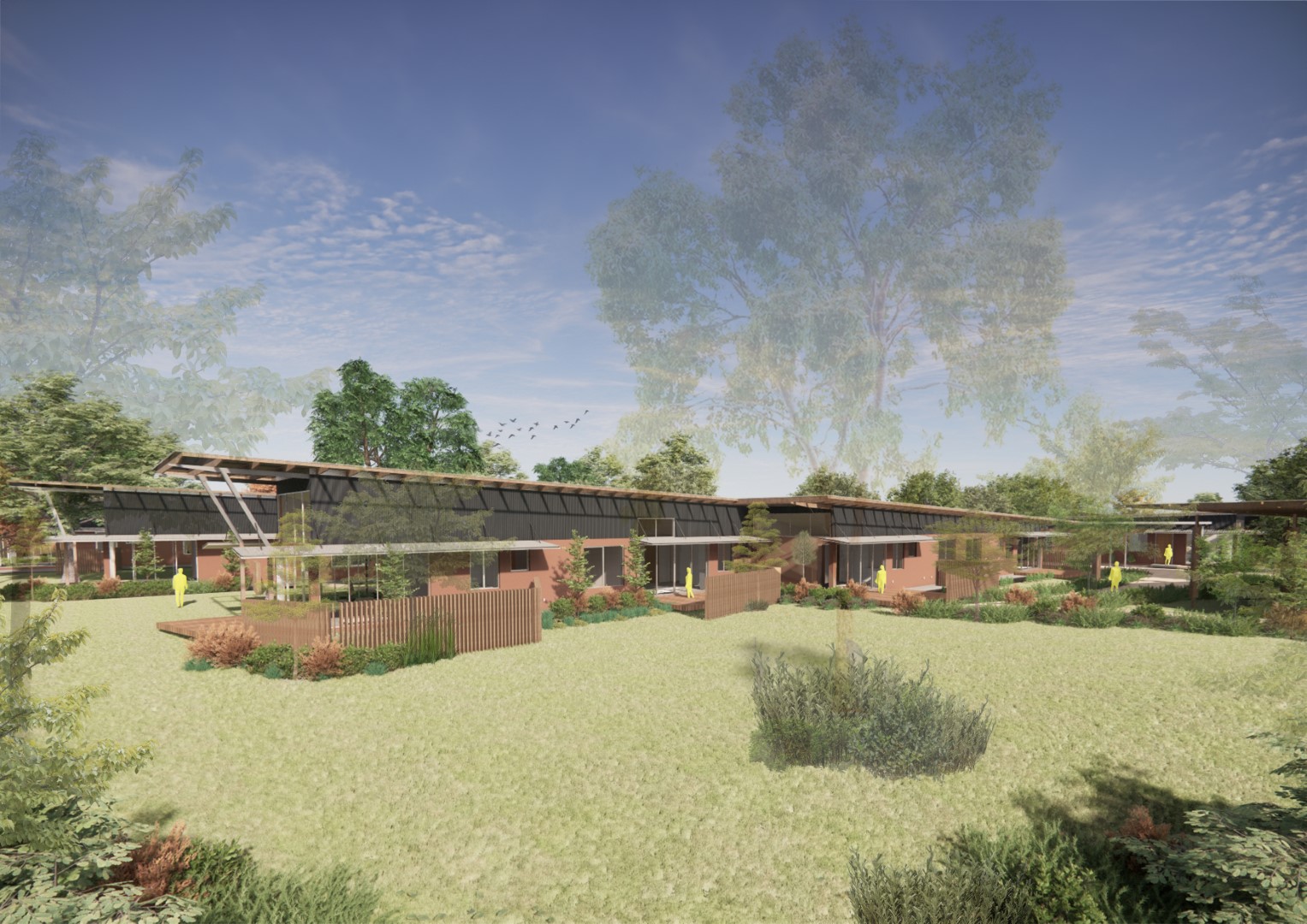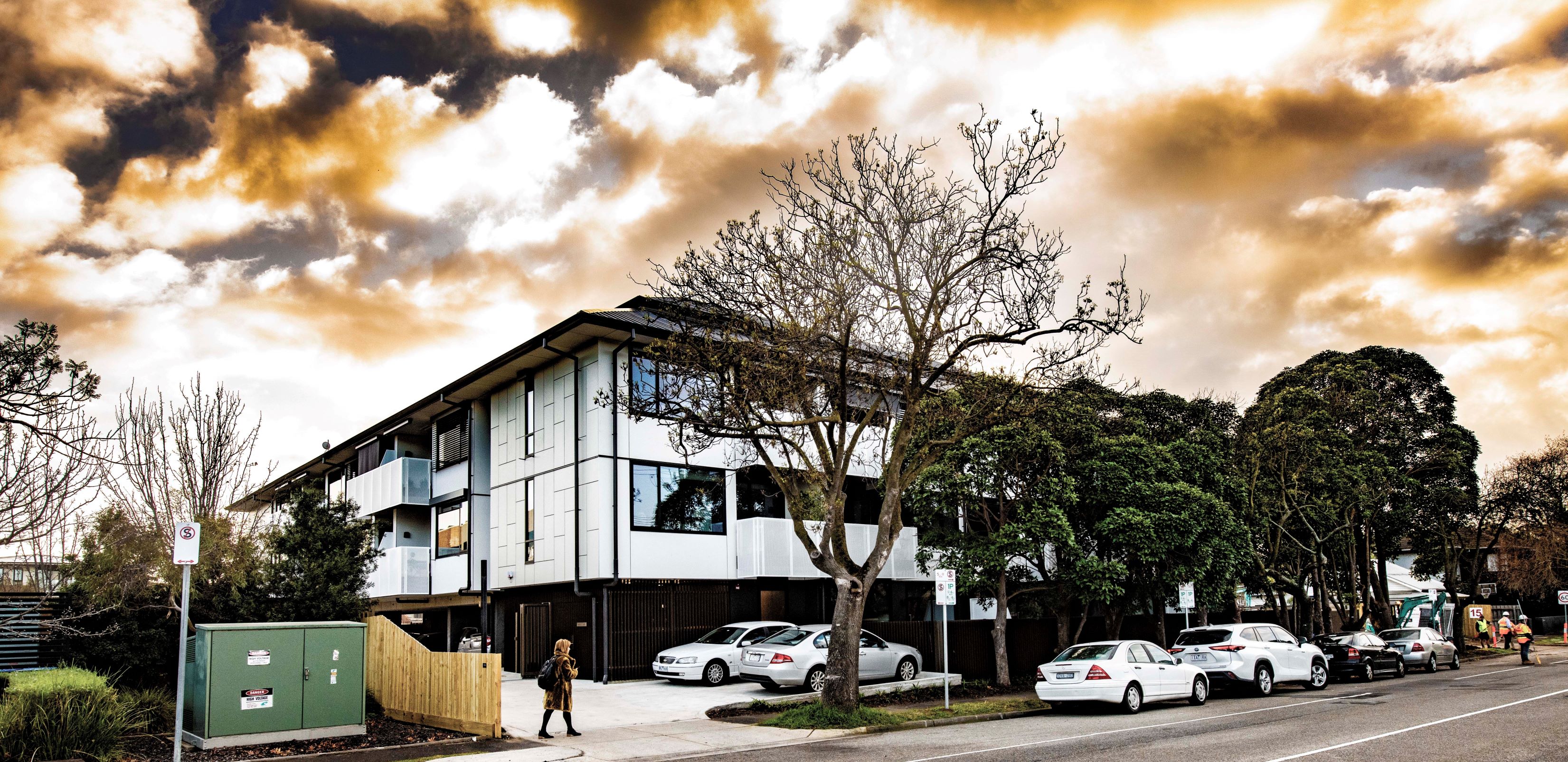NHIF Review December 2024
Introduction
The Minister for Housing requested that Housing Australia undertake a review of the NHIF, commencing 13 January 2025. Housing Australia was requested to consider matters including, but not limited to:
- An overview, background and structure of the NHIF and why it was created.
- Insights and data on NHIF uptake including:
- breakdowns by state and territory, disaggregated into metropolitan, regional and remote
- the number of projects approved and committed
- the number of dwellings built and supported and by type (detached, or multi-density) and dwelling type (social, affordable, market and specialist accommodation)
- the funding type (grant or loan) disbursed and financing from other sources other than the NHIF
- the proponent type and partners (community housing provider, consortium)
- the target tenant cohort (for example, women over 55 years old, First Nations people)
- for NHIF Critical Infrastructure, discussion on types of infrastructure supported through Housing Australia, for example transportation, electricity and gas, site remediation, housing construction, water, sewerage, storm water, telecommunications, onsite and linking infrastructure.
- Commentary on uptake of the NHIF Social and Affordable Housing projects compared to NHIF Critical Infrastructure projects and any supporting rationale;
- factors which may have impacted demand for NHIF finance over time, including the broader concessional finance market
- stakeholder experiences or case studies.
The NHIF was established by the Australian Government as a $1 billion fund in 2018 to provide finance for eligible housing-enabling infrastructure projects required to support the delivery of new housing, particularly affordable housing. In 2022, the mandate for the NHIF was expanded for more flexible use, allowing the available funds, $575 million at the time, to also help directly unlock new social and affordable projects. In 2024, the NHIF was increased by $1 billion ($700 million for grants and $300 million for concessional loans) to provide funding for crisis and transitional accommodation for women and children experiencing domestic violence, and crisis and transitional accommodation for youth experiencing or at risk of homelessness.
The NHIF is administered by Housing Australia. The Act provides the Responsible Minister with the power to issue directions on the operation of Housing Australia's investment function in the form of a legislative instrument, the Housing Australia Investment Mandate Direction 2018 ('the Investment Mandate'). Section 7 of the Investment Mandate requires that Housing Australia establish and operate the NHIF in accordance with Part 4 - National Housing Infrastructure Facility.
This review was commenced consistent with the requirements of section 57B of the Act and will be conducted annually in the future.
This review provides an overview of outcomes achieved by projects financed through the NHIF and insights into broader trends in the evolution of the facility.
As at the date of undertaking this review, Housing Australia has released guidelines for proponents seeking to access the $1 billion committed to crisis and transitional accommodation, however the fund is not yet open for applications, and therefore is not a feature of this review.
Highlights
Funding administered by Housing Australia from the NHIF has contributed to housing outcomes across Australia's housing continuum, by providing complementary funding solutions at different stages of the housing development lifecycle. Extension of the NHIF by the Federal Government to social and affordable housing projects in November 2022 has resulted in a notable increase in approved projects.
As of 31 December 2024, Housing Australia has committed $640 million in funding fromt he NHIF for conessional loans and grants. This funding has unlocked land for housing development and directly facilitated the delivery of over 8,000 new social, affordable and market homes, as advised by applicants. An additional $182 million has been approved for projects that are progressing toward contract execution. A further $115 million was approved for projects that have been withdrawn for reasons including unanticipated cost escalations, inability to secure additional finance, or failure to obtain required development approvals, and these funds remain within the facility.
Since the NHIF mandate was expanded in November 2022 to include social and affordable housing projects, more than 72 per cent of approved funding - over $340 million - has been directly allocated to social and affordable housing projects, with applicants noting committed funding has the potential to deliver up to 1,200 new homes.
The NHIF has achieved broad geographical coverage, supporting housing outcomes across most states and territories in both metro and regional areas.
Housing Australia has committed funding from the NHIF to projects in all states and territories except Western Australia and the Australian Capital Territory. Since the NHIF's commencement, around $50 million, or eight per cent of committed funding has been awarded to projects in regional and remote areas of Australia. NHIF funding has been concentrated in the eastern seaboard states with $226 million, or 35 per cent of committed funding going to Queensland, $206 million or 32 per cent to NSW and $178 million or 28 per cent to Victoria. An additional project in Western Australia has been approved by Housing Australia and is being progressed to contract execution. Housing Australia has made concerted efforts to identify potential projects in all states and territories through direct engagement with prospective applicants, stakeholder forums, and deployment of location-specific staff.
NHIF plays a central role in bringing projects to life by complementing other sources of funding including state and territory government grants, commercial bank funding and institutional capital.
Projects that receive NHIF funding are typically supported by multiple funding sources. Since inception of the NHIF, 14 projects have been funded that also include state or territory grants, ten projects have received other state or territory contributions (such as land or availability payment streams), two have involved commercial bank debt, and three have secured institutional capital.
Approximately $450 million in committed funding from the NHIF across 16 projects has been complemented by one or more of these alternative funding sources, which have the potential to unlock up to 4,700 new social, affordable and market homes when fully delivered as advised by applicants.
Additionally, senior debt through Housing Australia’s Affordable Housing Bond Aggregator (AHBA) has been a key element in project financing, with approximately one in five projects with committed NHIF funding also utilising AHBA debt.
More than a quarter of homes supported by the NHIF are designated for target tenant cohorts.
Projects with committed NHIF funding include more than 2,400 homes identified by applicants as designated housing for target tenant cohorts, including women and children escaping family violence, older women at risk of homelessness, First Nations people, and key workers.
The Investment Mandate as it relates to the NHIF provides the flexibility for Housing Australia to work with proponents to identify innovative housing projects, including new financing solutions and efficient construction methods.
Projects funded through the NHIF often involve public-private partnership funding models, offering benefits such as improved efficiency, additional financing, and faster delivery.
Innovative housing delivery projects have also been funded, for example in August 2024, Housing Australia committed NHIF funds for modular housing—a construction method that has the potential to enhance productivity and reduce development timelines by up to 50 percent.
NHIF funding for housing-enabling infrastructure is unlocking land for large-scale housing outcomes, however extended lead times can occur due to complex planning, design and construction processes associated with infrastructure. Nevertheless, the NHIF is playing an important role in creating opportunities for the delivery of longer-term housing outcomes.
Applications for NHIF funding to support housing-enabling infrastructure development have the potential to support large-scale housing outcomes for new estates and urban areas to ultimately unlock long-term social, affordable and market housing outcomes. Infrastructure planning and delivery precedes housing delivery, and the time from funding approval to housing completion can be extended. This is due to the complexities and timeframes associated with infrastructure planning, approvals, construction, and housing delivery. Predicting the final volume of social, affordable and market housing outcomes can be challenging for NHIF funded housing-enabling infrastructure projects. This is because estate developments are often staged to occur over time and demand drivers can shift throughout these stages.

